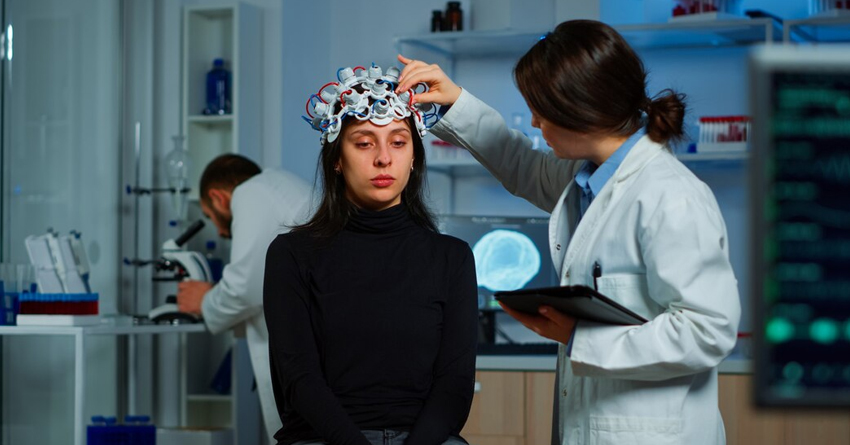It is common knowledge that orthopedic pain can be connected to either bones, joints, or muscles, however, in most instances, the problem is in the nervous system. Spine conditions, like herniated discs, nerve compression, etc. may pinch or irritate nerves and the pain spreads to the back, shoulders, arms, or legs. This confusion of the boundaries between neurology and orthopedics complicates the diagnosis and makes the treatment difficult. A neurologist hospital in Varanasi has a very crucial role in treating such conditions that involves a combination of sophisticated diagnostic equipment with special care that can provide the patient with proper assessment, pain management and long term management to suit his or her special neurological requirements.
How Spine Disorders Trigger Joint Pain
Neurofibromatosis spine disorders such as herniated discs, spinal stenosis and degenerative spine disease usually lead to nerve compression. Patients also experience pain which feels as though it has been caused by joints like hip, knee or shoulder when the nerves are involved. This may be misdiagnosis that is, the attention is laid on the orthopedics, yet the source of the issue is the spine.
One of the ways to fill this gap is to have a neurologist hospital in Varanasi performing high-level neuro-diagnostics to determine whether the cause of joint pain is neurological or orthopedic. Equipment such as MRI scans; nerve conduction studies and electromyography are normally employed in order to create clarity.
The Importance of Multidisciplinary Care
Neurological joint pain needs more than an orthopedic care. In a neurologist hospital in Varanasi physiotherapists, orthopedic specialists as well as pain management experts collaborate closely with neurologists. Such an interdisciplinary methodology provides patients with highly specific care, be it in the form of medication, physical treatment, or interventional treatment.
As an example, sciatica, a disease in which the nerve roots of the lower spine are pinched, may result in painful legs and hips. Although it presents itself as an orthopedic condition, it is a neurological condition. Timely intervention by neurologists helps to avoid long term complications and also enhances mobility.
Modern Treatment Approaches
In Varanasi, advanced hospitals of neurology have minimally invasive surgery on nerve compression, as well as rehabilitation programs specific to recover movement and alleviate pain. Even non-surgical interventions such as image-guided injections and modernized methods of physiotherapy are also becoming commonplace to offer relief without significant interventions.
More so, patient education constitutes an important aspect of treatment. By making patients recognize the connection between bone health and joint pain, one will be able to teach this aspect by providing them with preventative techniques, like correcting their posture, practices that include ergonomics, and physical exercise.
Building Awareness and Accessibility
The majority of patients experience chronic pains in their joints without being aware that the issue might be neurological instead of being strictly orthopedic. Nerve compression and spinal disorders are some of the conditions that appear like those associated with the joint, causing misdiagnosis or late intervention. In this respect, a neurologist hospital in Varanasi is very important, not only in delivering the advanced medical care but also in creating awareness of the neurological causes of pain. Through timely consultation, patients will be able to evade unnecessary surgeries and minimise the chance of chronic pain and increase their general quality of life through specific and efficient treatment.
Conclusion
The overlap between spine disorders and joint pain shows the necessity of specific neurological skills in the treatment of orthopedic pain. Varanasi has a neurologist hospital where the diagnosis, advanced therapies, and cooperative treatment are offered to treat the symptoms and the roots of the symptoms. These hospitals guarantee patients the appropriate treatment at the appropriate time which results in improved results and healthier lives by concentrating on the relationship between the nervous system and musculoskeletal pain.


